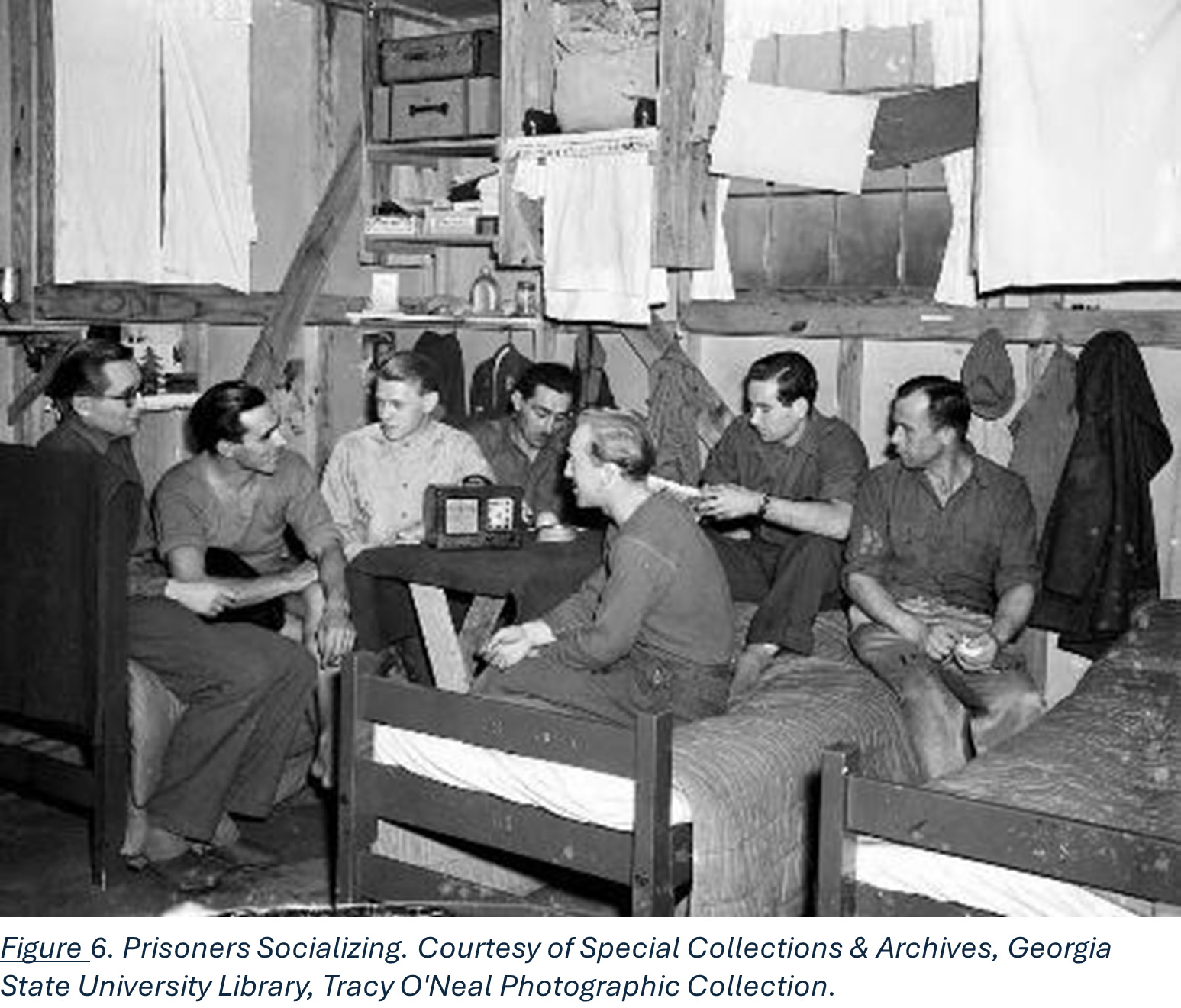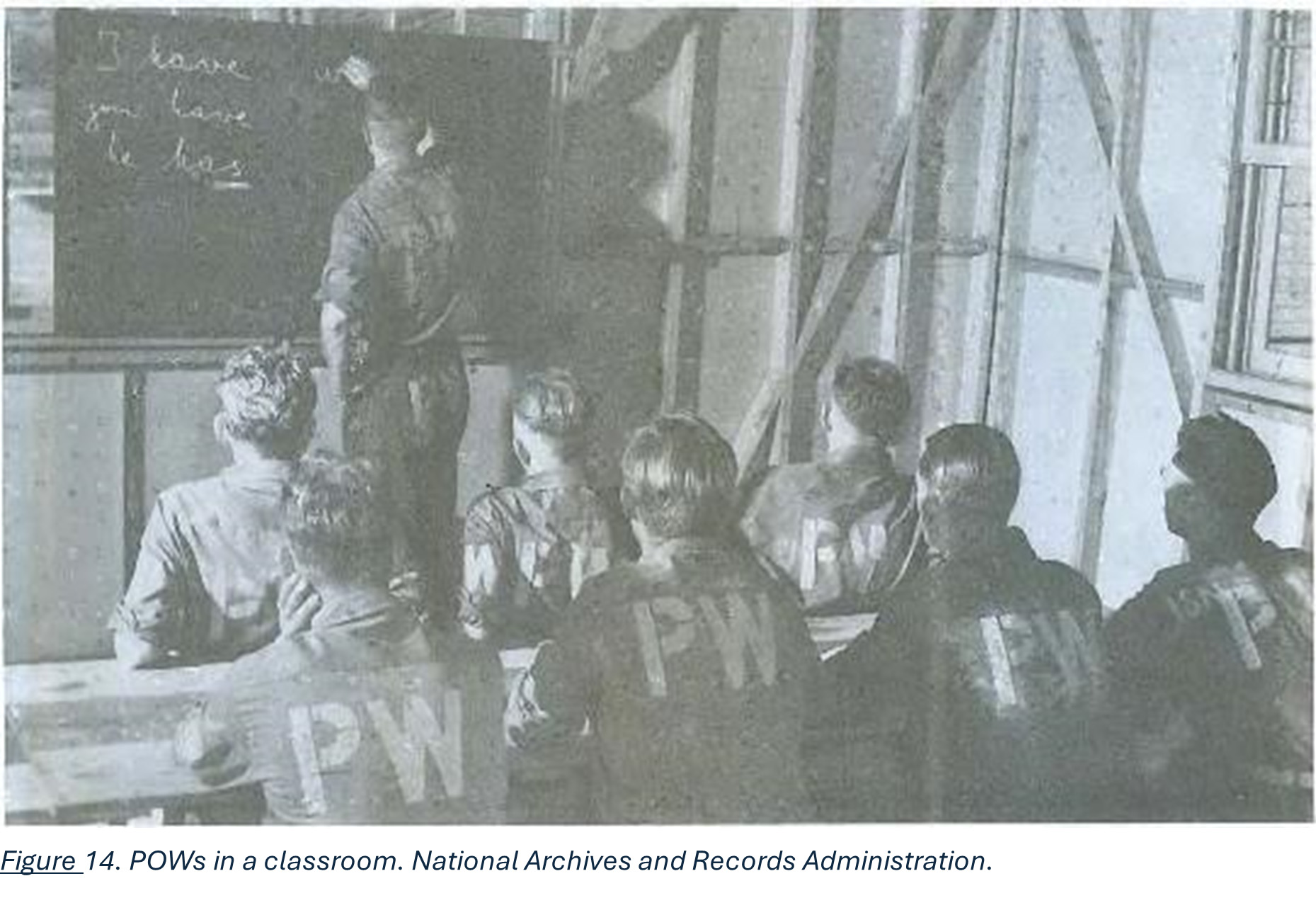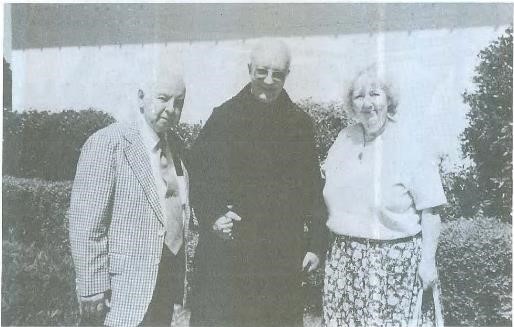
Capstone Exhibition Spring 2024
Museum Studies
Stephen Adams
ABSTRACT
The scarcity of information about the lived experiences of German and Italian prisoners of war (POWs) in Georgia during World War II (WWII) warrants a proposal for a project that allows for deep research into the topic. Through the examination of WWII POW camps in Georgia, mainly focusing on Camp Gordon, this project considers the scope and complexity of these camps, the personal journeys of the prisoners, and the effects on Georgia citizens involved with or impacted by these camps and prisoners. The aim is to create a physical exhibition as well as didactic panels for a portable outreach exhibition. Visitors to this exhibition will learn of the lives and challenges faced by POWs in prisoner camps in Georgia. Research into the lives and experiences of POWs in Georgia is achieved through accessible online archival materials at the National Archives, Atlanta History Museum, Library of Congress, and various other online databases.
Savannah Blackwell
Programs geared towards children in grades K-12 are a crucial service provided by museums. Depending on the program, it can offer a more hands-on way for children to learn about new topics or new skills. Furthermore, museum programs can encourage people to visit a museum, and they give an opportunity for children to learn outside of the classroom. Like most museums, both the Carlos Museum and Fernbank Museum of Natural History offer programs for children. The goal of this project is to evaluate the effectiveness of these programs by examining the data that the museums can provide and using that to figure out which programs are more popular among visitors. The statistics gathered from these programs will serve as a framework to create a guide that other museums can use to either create new programs for children k-12, or to improve any existing programs they offer. This would offer museums an opportunity to improve the museum experience for future visitors and encourage children and their families to visit by offering a new opportunity for children k-12 to learn through these new and improved programs.
Xed Blankenship
ABSTRACT
Art museum curriculum guides serve to encourage deeper engagement with specific museum content but can vary significantly between institutions. Despite all having nominally the same purpose, these guides range the full scale of academic levels, K-12 plus, and provide an enormous variety in content material. This thesis intends to survey and evaluate curriculum guides provided by several Georgia institutions in order to find commonalities and establish whether or not a standardized format can be or needs to be formed in this particular type of museum education output.
To gather a representative sample of data, three institutions will be surveyed with a handful of in-house curriculum guides examined from each. The institutions involved in this survey are the Bernard A. Zuckerman Museum of Art at Kennesaw State University, providing insight on a university-managed space's resources, the High Museum of Art in Atlanta, Georgia, for a municipal institution’s practices, and the Booth Museum of Western Art in Cartersville, Georgia, to examine the practices of a smaller but still nationally recognized museum. The institutions chosen are all art museums, to provide commonality in their categorical basis, but the curriculum guides may likely contain material aligned with standards outside of the visual arts curriculum, highlighting the diversity and flexibility of material which can be provided.
This thesis will be looking for common threads in formatting, content provided, depth of material, and ease of access for potential users. The study will conclude with a proposed standard for curriculum guides moving forward, regardless of educational level or content focus.
Social
Halle Smith
ABSTRACT
Artists’ books are collected widely by museums, libraries, universities, individuals, and other institutions. They exist as both books and fine art objects and often resist standard methods of display. Institutions vary in their approach to sharing artists’ books; some on artists’ books as fine art objects while others focus on the book elements of artists’ books. Artists’ books are, however, a unique and distinctive medium that uses fine art elements as well as book and codex forms. The ways these objects are collected, displayed, and shared affects how they are understood and interpreted.
For my capstone project, I will examine how various institutions digitally display their artists’ book collections and the consequences it has on the way they are perceived. To better understand artists’ books, the first section of this paper will research the history and examine literature on the medium. I will then review the methods of exhibiting them digitally across various institutions. Finally, I will propose a revision of the current digital collection at the Savannah College of Art and Design (SCAD) Atlanta Library. My proposal will suggest innovative technologies and methods of online presentation that present artists’ books as a hybrid object.






















